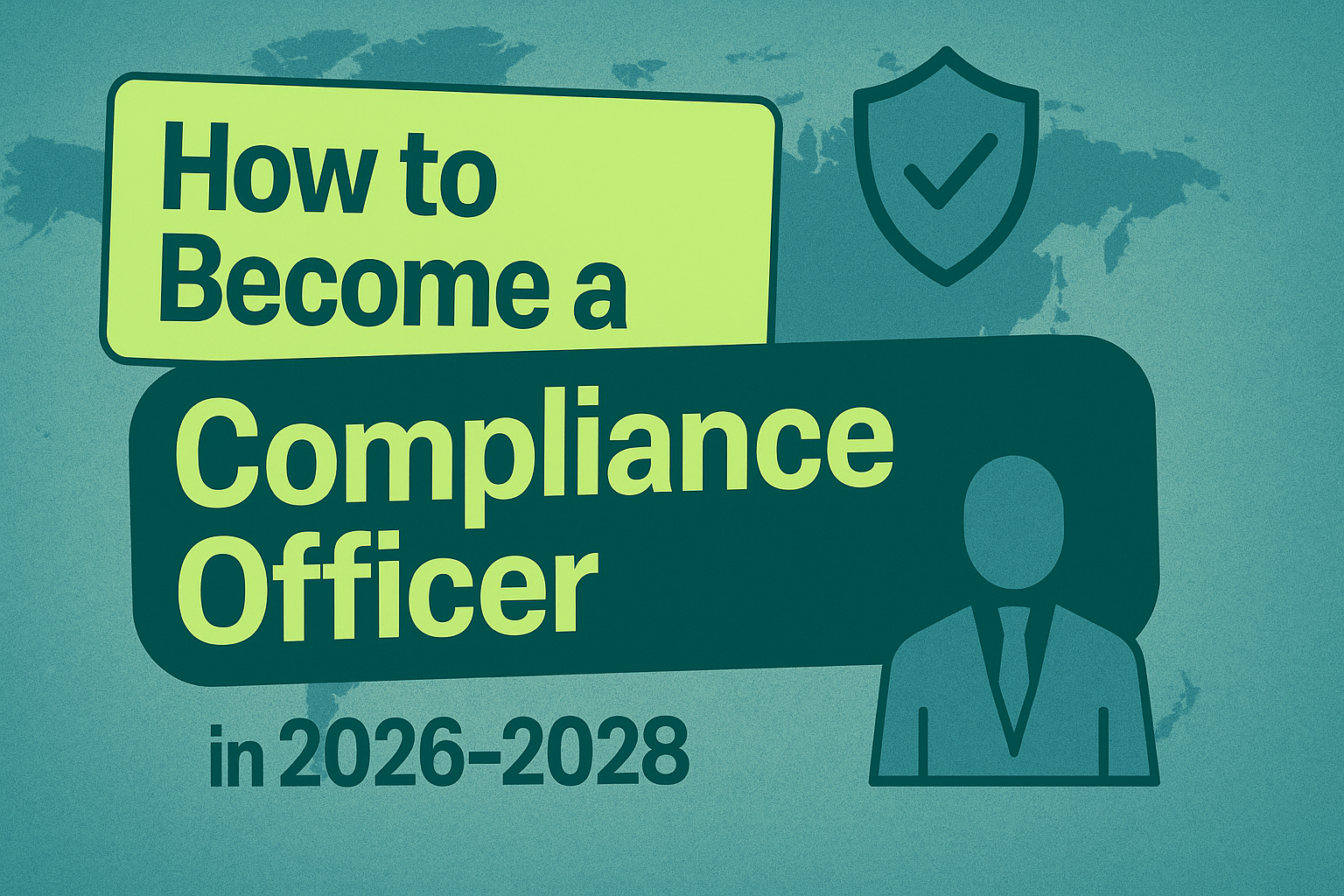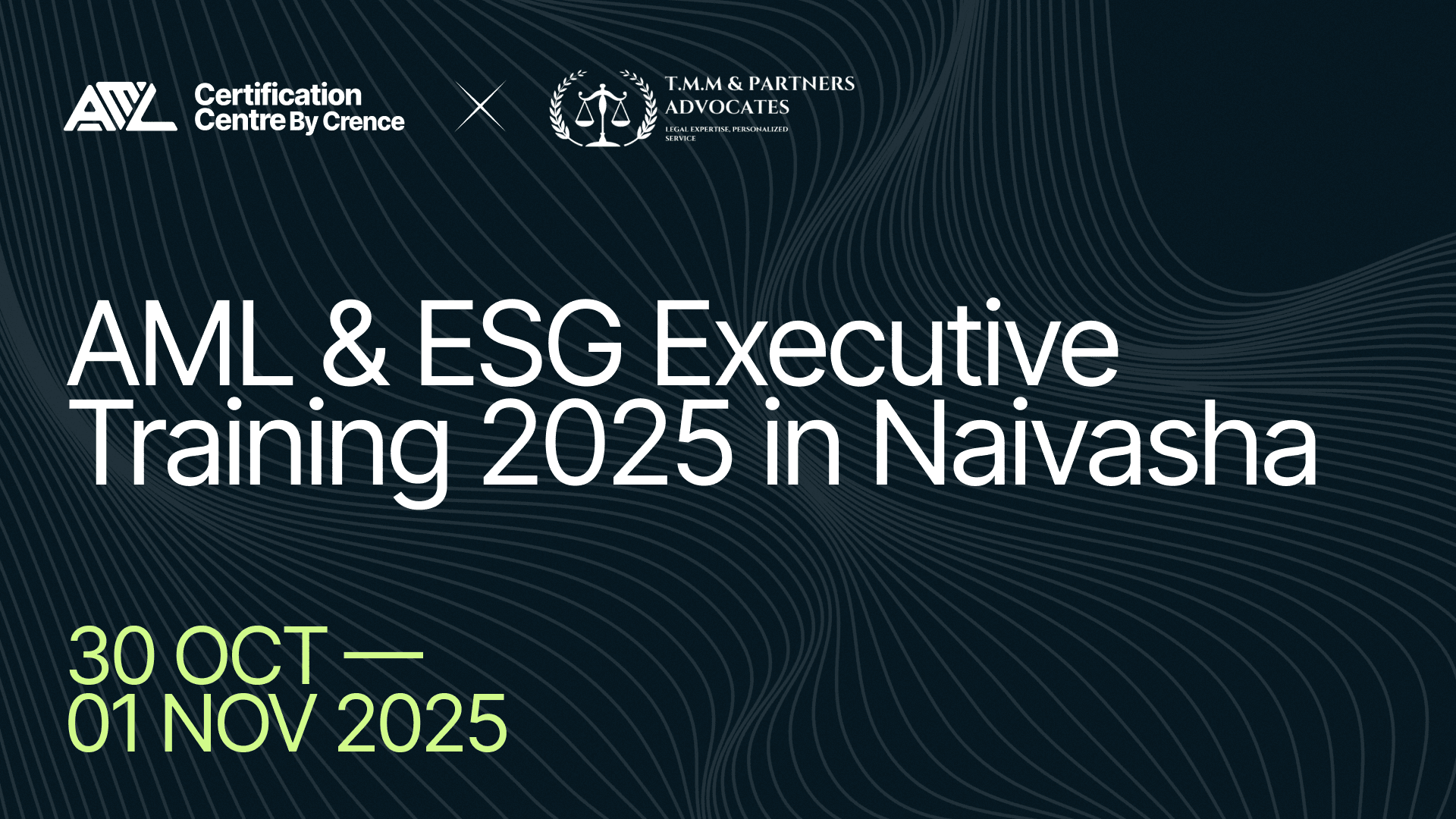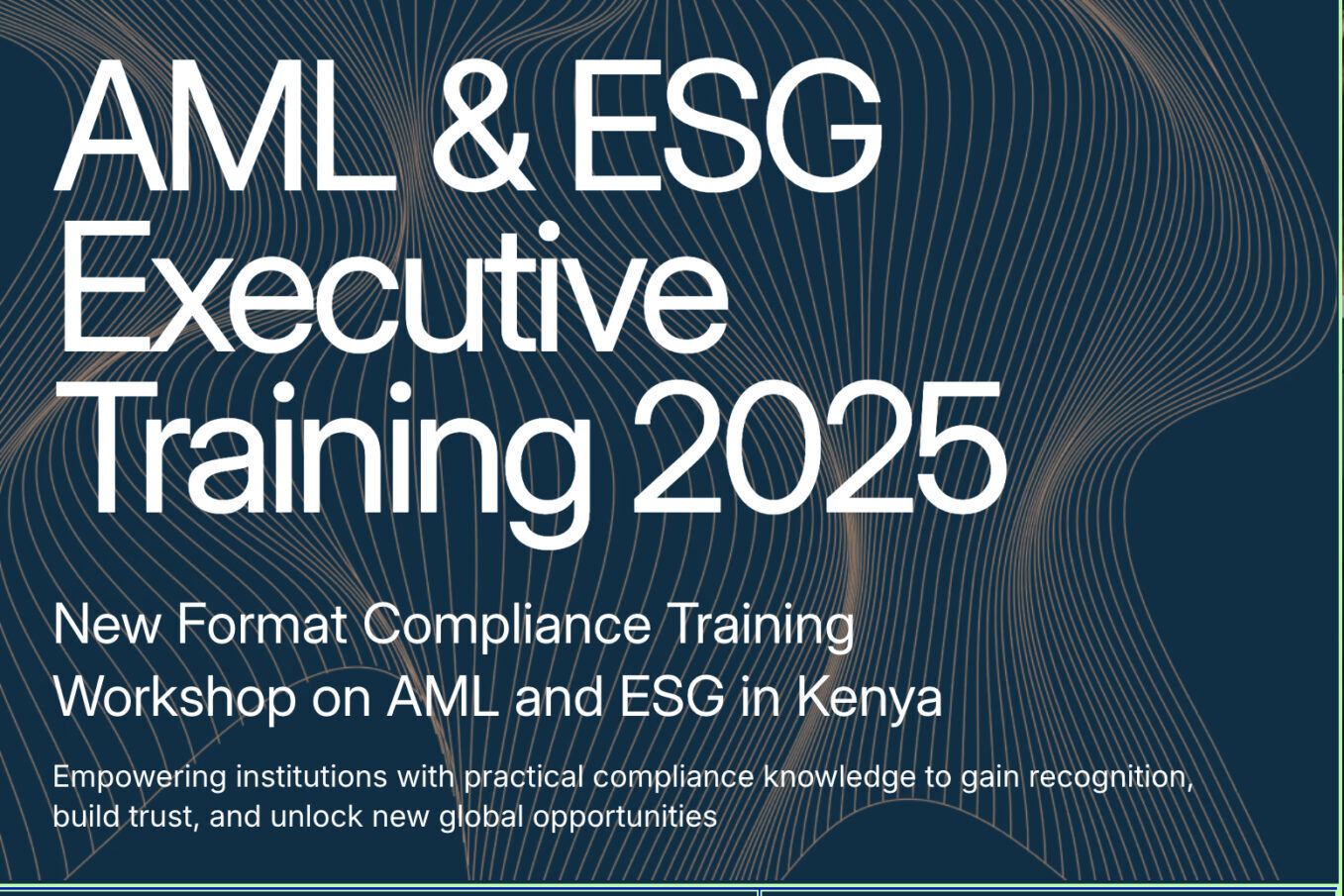Because the number of financial crimes in the world is enormous, every financial institution must provide monitoring of transactions aimed at combating money laundering. It will minimize the risks associated with illegal financial transfers and terrorist financing. To develop the expertise needed in this field, consider earning certification through the AML Foundations course, designed to strengthen your understanding and skills in combating financial crimes.
What is AML Transaction Monitoring (TM)?
First, let’s answer the question: what is AML transaction monitoring? It is the process of tracking all financial transactions and, through particular analysis, identifying transactions aimed at money laundering. The system scans and verifies a lot of financial information (money transfers, bill payments, loan repayments, and much more). Such a system allows you to effectively detect illegal financial transactions related to money laundering, terrorist financing, or cyber hacking.
Why is AML transaction monitoring necessary?
Any financial institution must have transaction monitoring procedures in place to track financial transactions. These measures will allow for the timely detection of suspicious transactions that could be used for money laundering. Monitoring transactions should be a continuous transaction monitoring process that checks all financial transactions. Thus, all financial institutions will be under systemic control and protected from unauthorized transfers.
It will prevent criminal acts and protect the company’s activities from litigation related to illegal transactions discovered by the competent authorities. Thanks to transaction monitoring in AML, it will be possible to recognize various money laundering schemes at the initial stage, representing a whole system of various financial transactions.
Who Needs Transaction Monitoring?
All companies that deal with financial transfers at the legislative level must include measures in their activities to ensure the security of transactions and the protection of users. Measures against cyber hacking must also be taken into account. Let us list the areas of activity in which it is necessary to provide for transaction monitoring.
Provision of financial services
This category includes non-banking financial institutions that engage in currency exchange or financial transactions. Each state will have individual security requirements for financial institutions. In addition, such companies will be regulated by local competent authorities, monitoring the legality of all transactions (currency exchange, money transfers).
Banks
Banks are not only a place to invest or withdraw funds. They can also offer various services related to lending, deposits, and property insurance. In addition, the bank may be asked permission to take out a mortgage on the applicant’s property. Since banks are a powerful tool for ensuring financial stability in the state, stringent security requirements are imposed on banking systems. Despite taking all necessary measures, banks still have potential risks associated with providing various services (lending, investing).
Payment providers
These services provide the opportunity to transfer money from one person to another. To perform such an operation, the service will require the sender to provide certain information about the recipient. It minimizes the risks associated with the money being received by a recipient other than the intended recipient. Or if the money is not received within the appointed time, the system provides for its return to the sender.
Financial technology area
It includes financial services that are provided using particular technologies rather than classical methods of transfer or exchange. For example, using gadgets to transfer money, pay bills, open a loan, etc. Fintechs are direct competitors to the banking system.
Brokerage companies
A broker is an intermediary in the process of buying/selling securities. That is, the client can refrain from buying, selling, and analyzing the market. The broker will do everything for him. In addition, brokers provide exchange or lending services. The broker works with the buyer and seller until the transaction concludes.
Cryptocurrency exchanges
The cryptocurrency industry has spread throughout the world, with its financial turnover being enormous. Therefore, companies associated with cryptocurrency activities are exposed to substantial financial risks associated with money laundering and economic terrorism. To reduce these risks, effective transaction monitoring of financial transactions will be required.
Insurance companies
Many prefer to insure property (house, apartment, car) and life. For this reason, substantial money transfers are carried out through insurance companies, especially when paying off insurance. And for financial fraudsters, this is a favorable springboard for illegal activities. Therefore, it is only possible to do with transaction monitoring.
All of these areas of activity are subject to high risks associated with money laundering. Therefore, transaction monitoring systems are essential.
What Does AML Transaction Monitoring Detect?
Since monitoring AML transactions is necessary to detect various illegal financial activities, we will next look at what exactly such a transaction monitoring process can detect:
- money laundering – obtaining money through illegal activities;
- financing of terrorism – providing financial assistance to terrorist groups;
- fraud – a process in which one person (or several persons) deceives another person (or group of persons);
- drug distribution includes all activities related to drugs: production, purchase/sale, distribution;
- bribery and corruption – influence the decision-making of a certain person at the expense of the money offered to him;
- the theft of confidential information (personal data) occurs when a criminal can gain access to another person’s bank account.
Therefore, transaction monitoring systems have many possibilities for detecting criminal activities.
How do you set up an AML transaction monitoring process?

How does the transaction monitoring process flow? In order for AML transaction monitoring to be effective and efficient, various methods and system operations will need to be used to achieve the desired result. Let’s look at what is included in comprehensive monitoring.
Risk Assessment
At the initial stage, it is necessary to correctly assess the risks and data required when implementing transaction monitoring in AML. At this stage, it is necessary to detect financial transactions that may serve as money laundering or a source of financial terrorism. In addition, the types of transactions and the degree of possible risk associated with them are determined. To increase efficiency, it is necessary to take into account the individual characteristics of a given financial company (or service), for example:
- location;
- client base (private and legal entities);
- financial scale of the institution;
- types of services provided.
The more real characteristics are considered, the more accurate and practical the risk assessment.
Designing the AML System
After identifying potential risks, an anti-money laundering transaction monitoring system should be developed. This system must meet the established requirements for a given financial institution – for example, the selection and use of software and various innovative technologies that will detect unauthorized actions in financial transactions. In addition, the system should provide multiple security-related alerts and recommendations for further action in a particular suspicious situation.
Testing the AML System
An important aspect is testing transaction monitoring systems. It is necessary to ensure that the software is functioning correctly and uninterrupted. Testing also allows for confirmation that the system will detect unauthorized actions immediately and respond in the prescribed manner. For this stage to be practical, it is necessary to conduct several tests of the system to determine its reaction to various illegal scenarios.
Applying the AML System
An AML transaction monitoring system can only be operated according to a specific sequence of processes, namely, upon completing comprehensive testing and eliminating identified errors. At this stage, it is possible to train operators on using this system and to establish protocols for tracking and notifying when illegal transactions are detected.
Constant Monitoring and Maintenance
Constant transaction monitoring AML and maintenance will be required to ensure the system’s stable operation. Also, after a specific time, an update may be necessary during its use due to the development of innovative technologies, which financial criminals also use in their criminal activities. Therefore, the degree of possible risks will change, and the system must be adjusted to new rules and regulatory requirements to ensure high security.
Reporting and Escalation
The anti-money laundering system software must be designed to automatically notify the system to the competent authorities when suspicious transactions are detected. It will allow regulatory services to respond promptly to take measures to ensure security and block the actions of financial criminals.
If all financial institutions apply these methods, this will minimize the criminal actions of financial fraudsters, ensure a high level of security for transactions, and protect user funds.
Technological Tools: AI, Machine Learning, and Software Solutions
Today’s transaction monitoring systems are increasingly driven by AI, machine learning, and sophisticated software to combat financial crime more accurately and efficiently. Key solutions include:
- Pattern Detection and Automation: AI-powered systems like SAS AML and NICE Actimize analyze transaction data to detect suspicious patterns, reducing false positives and automating alerts.
- Behavioral Analytics: Machine learning enables these systems to learn from historical data, adjusting thresholds and flags based on evolving criminal tactics.
- Continuous Improvement: Advanced software adapts to new data, refining risk assessments with each use. This adaptability allows financial institutions to stay ahead of increasingly sophisticated fraud methods while minimizing the need for manual review.
Global Compliance Standards: Jurisdictional Variations
AML compliance standards differ significantly across regions and governing bodies:
- United States: The BSA (Bank Secrecy Act) and OFAC requirements demand rigorous reporting for AML compliance.
- European Union: AMLD directives emphasize transparency and data sharing among EU nations.
- Asia-Pacific: Countries like Singapore and Hong Kong have stringent AML regulations, particularly within fintech industries.
For multinational institutions, ensuring compliance across these varying standards involves customizing systems to meet specific regional regulations—an approach that reduces compliance risk and penalties.
Future Trends: Technological Advancements and Regulatory Shifts
Transaction monitoring is transforming due to new tech and shifting regulations:
- Blockchain Integration: Increasingly, real-time monitoring employs blockchain to provide transparency in transaction histories.
- Predictive Analytics: Using advanced algorithms, predictive analytics helps financial institutions preemptively flag transactions based on potential risk factors.
- Global Standardization: There is a movement toward unified global AML standards, simplifying compliance for international institutions.
As regulations and technology evolve, financial institutions must adopt flexible, cutting-edge tools and remain responsive to prevent financial crime while meeting compliance requirements.
How Does an AML Transaction Monitoring Software Work?
Transaction monitoring software is integral to ensuring the security of financial services and detecting money laundering. Such software is a unique application designed to identify illegal transactions in the financial transfer system. The application works analytically by comparing financial transactions according to specific criteria. Equipped with machine learning techniques, the software can scan and analyze large amounts of financial data.
The system operates according to defined principles, such as setting limit values on the number of financial transfers or their amounts. Additionally, all transactions are identified using the database of a user or organization registered with law enforcement as suspicious and compared with a list of individuals previously involved in money laundering cases. Each transaction is checked against specific legal requirements and re-tested for compliance.
The transaction monitoring system helps detect money laundering and terrorist financing, which is critical to the security of financial institutions. Such checks will not only protect the organization itself from financial criminals but also ensure the safety of its clients.
To enhance your professional qualifications in transaction monitoring and AML compliance, consider enrolling in the Certified Anti-Money Laundering Senior Specialist course. This advanced program equips you with the skills to navigate complex AML challenges effectively.








